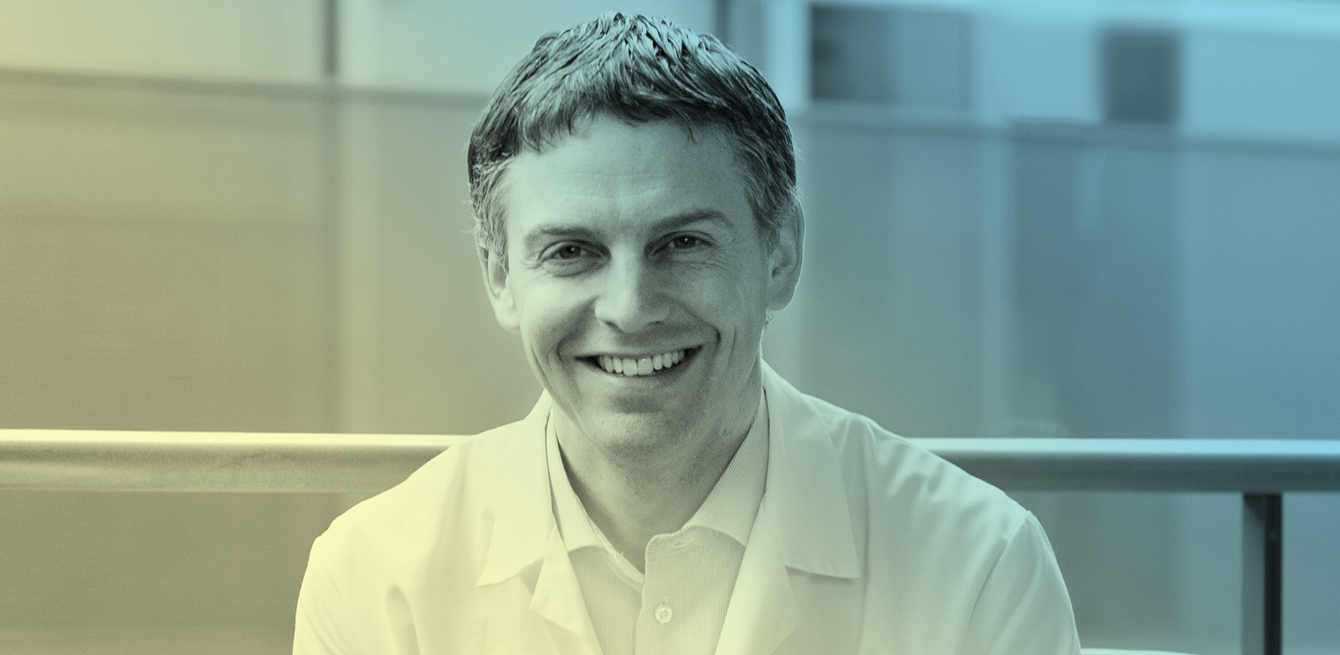
Since October 2017, as part of a pilot project supported by CHUV’s senior management, hospitalised oncology patients have been offered complementary medicine consultations.
"Cover these treatments which I cannot behold.” The line from Molière’s Tartuffe seems to sum up what has long been doctors’ official position on complementary medicine. At the same time, many patients have been using these treatments without daring to mention it to their doctors. For example, it is estimated that over a third of cancer patients have used complementary medicine and consequently been exposed to all the risks this practice can entail – not the least of which is drug interactions.
The past tense is used here deliberately because the situation could dramatically change in the near future. Since October 2017, as part of a pilot project supported by CHUV’s senior management, hospitalised oncology patients have been offered comple-mentary medicine consultations, acupunc-ture, therapeutic massage, hypnosis and art therapy to relieve some of the symptoms caused by cancer and cancer treatments.
This pilot project to incorporate certain complementary medical practices into hospital care would have been unthinkable not too long ago and is the first of its kind in French-speaking Switzerland. It is a small step for this field of medicine and a giant leap for a university hospital.
The two-year project will focus on better addressing and treating symptoms like nausea, fatigue, anxiety and pain, and making difficult treatment more tolerable. The effects can then be documented in order to describe the project’s impact on patient safety and quality of life.
A federal referendum in 2009 cleared the way for this development. At the time, 78% of the Vaud population voted in favour of a constitutional article regarding the use of complementary medicine. In 2010, progress was made on the academic front when complementary medicine classes were first offered to medical students. Five years later, the Integrative and Complementary Medicine Centre was created at CHUV with three clear missions, namely to pursue the research and teaching efforts already begun and to consider incorporating certain types of complementary medicine in accordance with the regulations of a university hospital.
Time will tell whether complementary medicine will remain on the sidelines or if, at least in oncology, it will soon be considered “a foregone conclusion,” to paraphrase Arthur Schopenhauer. ⁄
Pierre-Yves Rodondi is Director of the Integrative and Complementary Medicine Centre at CHUV.